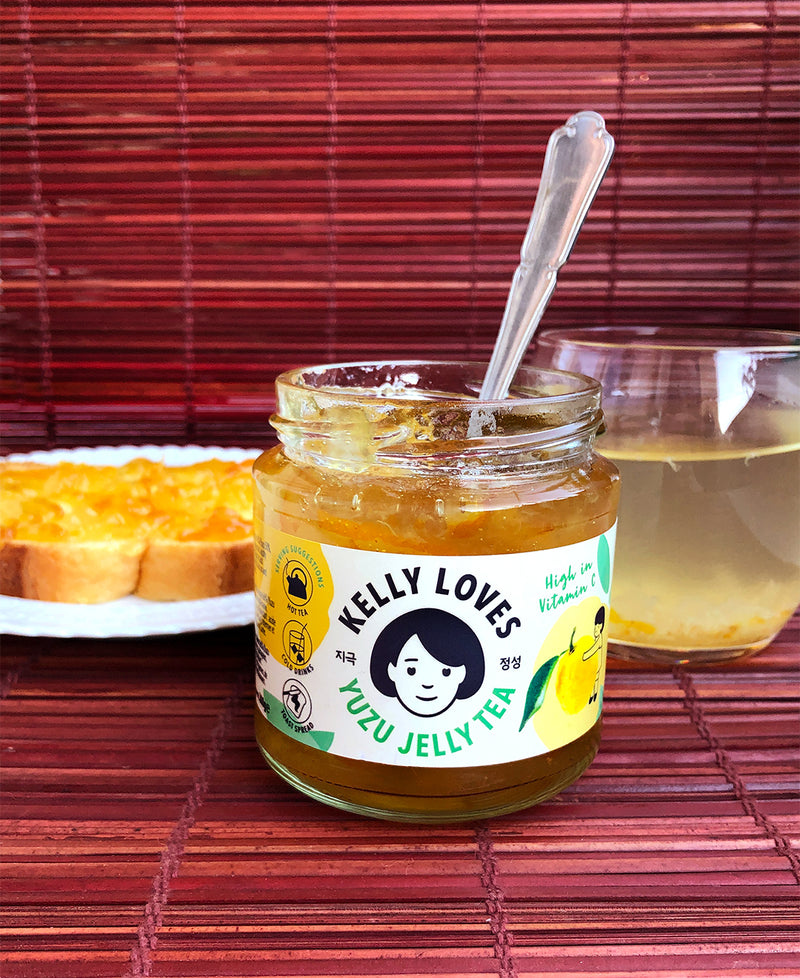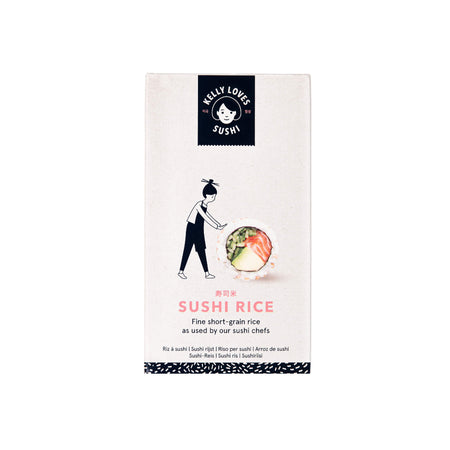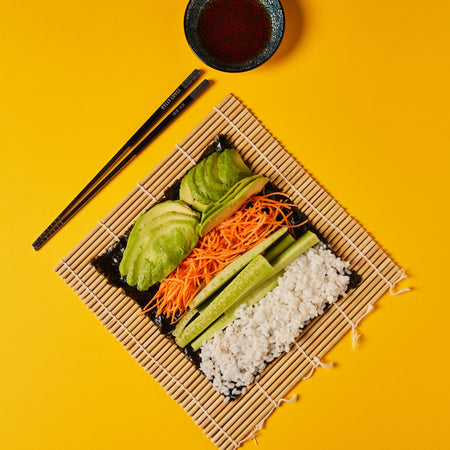What is yuzu & what flavour is it?

Through authentic products like our refreshing yuzu iced green tea, we hope that you’ll discover the beauty of Korean and Japanese cuisine, delight in new flavours, and absorb the nutrients of fruits and vegetables that you might not have otherwise eaten. Plus, it’s fun!
What is yuzu?
Yuzu is a fruit which is cultivated in Asia, growing in thorny bushes. It’s similar in appearance to a tangerine, but with a bumpy, thick skin. The skin starts green, turning yellow when ripe. Inside, there are many seeds, resulting in much less flesh compared with a lemon or lime and therefore less juice. Usually, a yuzu is the size of a small fist, but it can grow as big as a grapefruit in size.
Originally, the fruit is thought to have been grown in China and Tibet, but as the fruit is often associated with Japan it is often known as Japanese citron. In Korea, it is called a yuja. As yuzu can be found in both Japanese and Korean cuisine, the dishes it's featured in are wide-ranging, from pastries to sashimi and soup. In Japan, a yuzu bath is said to bring good luck during the winter solstice celebrations (an expensive bath: tackling thorn bushes and squeezing those small amounts of yuzu juice!) On the Japanese island of Shikoku, the fruit is an emblem and there is even a yuzu festival to celebrate the fruit.
Are there different types of yuzu?
As well as the common yuzu, there are a few different varieties. In Japan, there’s the yuko (endangered until the 1970s) which has a sweet taste. Another variety of yuzu in Japan is the shishi yuzu (or lion yuzu). There’s also the hana yuzu (or flower yuzu), which is ornamental and used for its sweet-smelling flowers, not to eat or juice. In Korea, the dangyuja (from Jeju Island), is often thought to be a type of yuzu, but it’s actually a variety of pomelo.
What does yuzu taste like?
Not sweet, but refreshing! Yuzu has a taste which is similar to mandarin, but with a bitter lemon-y tart bite and with a floral undertone similar to lime or grapefruit. As the yuzu taste has this sharpness, you wouldn’t eat it in segments, but instead, use the juice and zest. It has a unique perfumed fragrance.
How is yuzu used in cooking?
You use yuzu in recipes in a way that is similar to using a lemon (although it’s worth noting that the fruits are very different with unique fragrances). Yuzu is an ingredient in drinks and sauces and is used to flavour fish and meat. And because yuzu brings a beautiful citrusy aroma to dishes, it really appeals to a combination of senses when you cook, adding aromatics and acidity to any food. It can also be helpful as a souring agent when you cook, lightening spicy ingredients and balancing overly sweet flavours. The yuzu rind is used as a garnish on top of sashimi and meat.
Yuzu also creates some wonderful sauces. When mixed with salt and fresh chillies, yuzu creates ‘yuzu kosho’ — an umami-rich condiment which is worshipped by professional chefs as something of a secret weapon to create delectable dishes. Chefs use it by the bucket-load for meat and fish. Or you can simply add a splash to your miso soup, sushi or kimchi.
Another yuzu enlivened sauce is ponzu sauce, used for a marinade or for dipping: simply mix yuzu juice with rice vinegar, soy sauce and dashi (dashi is a stock which forms the base for miso soup).
And just like lemon, the sourness of the yuzu is a perfect match for cakes and desserts, with plenty of sugar added. Yuzu also makes refreshing cold summer drinks like yuzu ramune soda or winter warming drinks such as Korean yuja tea aka yuzu jelly tea.
What flavours pair well with yuzu?
Ingredients such as soy, spring onions, chillies, coriander, parsley, ginger and matcha as well as meats like pork, chicken and fish pair well with yuzu due to the acidity of the yuzu. Sweet pairings include milk chocolate, yoghurt and cream.
Are there any substitutes for yuzu?
Yuzu is unique so there’s no easy substitute! Meyer lemon juice, straight up, will be best. But if you don’t have a Meyer lemon you can try mixing lemon juice with a splash of grapefruit juice and lime juice.
Yuzu is particularly important in Japanese and Korean cuisines and that’s because yuzu is a versatile, refreshing, healthy and delicious fruit. Sadly, whole yuzu can be difficult to find outside Japan and Korea. It’s worth keeping some yuzu condiments in stock to liven up your cooking and provide a burst of freshness to your drinks!









